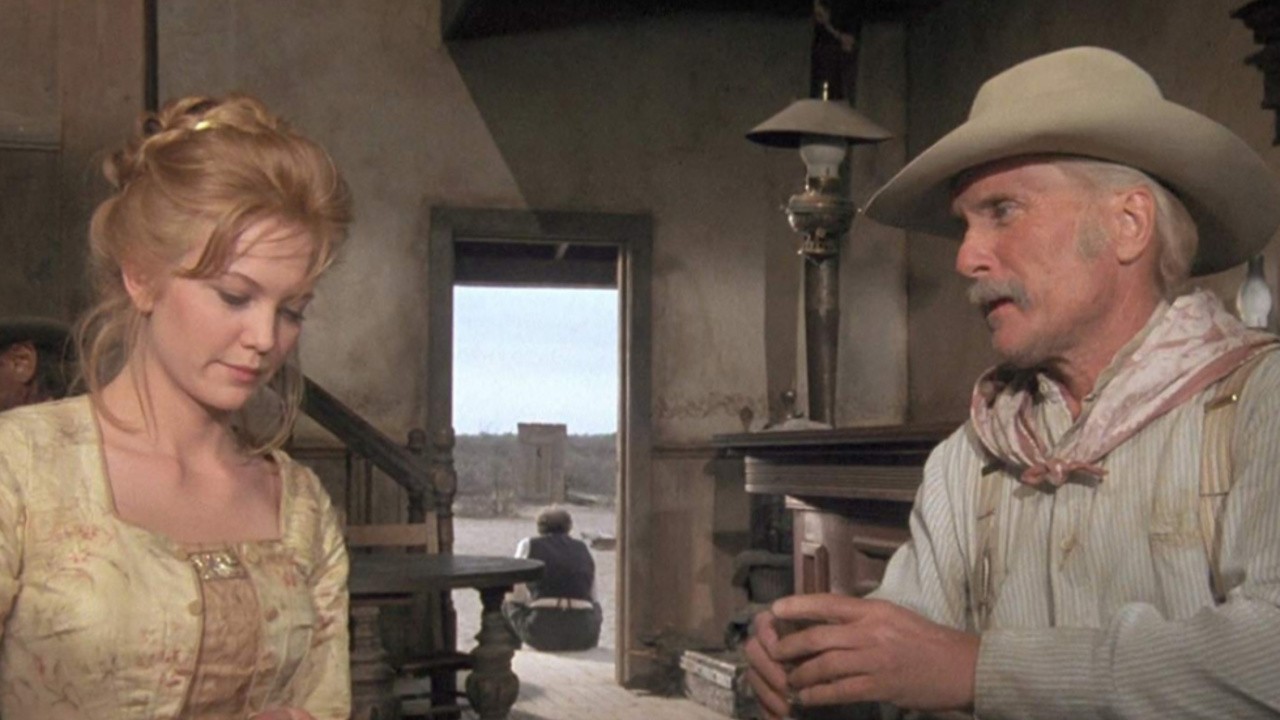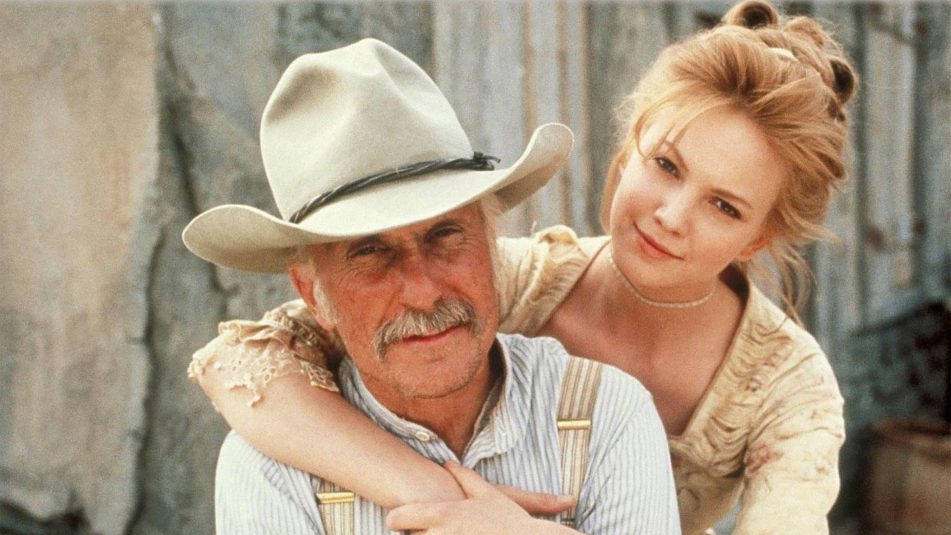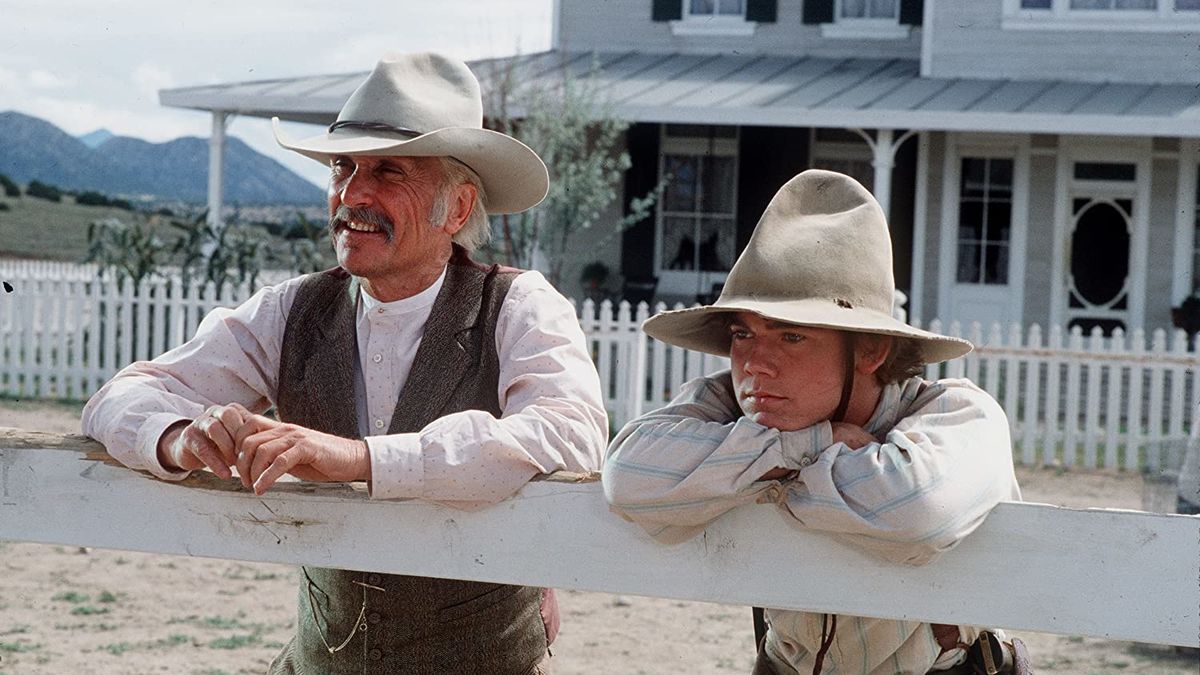In the pantheon of great American television, few titles stand as tall—or ride as far—as Lonesome Dove. Premiering in 1989 as a four-part CBS miniseries, this sweeping adaptation of Larry McMurtry’s Pulitzer Prize-winning novel is more than just a Western. It is a masterwork of character-driven storytelling, emotional depth, and frontier authenticity. With a powerhouse cast and cinematic ambition, Lonesome Dove remains a gold standard in both television and Western genre history.
Plot Overview: A Journey of Legacy and Loss
Set in the late 19th century, Lonesome Dove follows the lives of two aging Texas Rangers—Captain Woodrow F. Call (Tommy Lee Jones) and Captain Augustus “Gus” McCrae (Robert Duvall)—as they embark on a daring cattle drive from the quiet border town of Lonesome Dove, Texas, to the wilds of Montana. Along the way, they are joined by a mix of outlaws, dreamers, and drifters, each carrying their own burdens, secrets, and hopes.
What begins as a simple adventure quickly becomes a journey of self-discovery, sacrifice, and reckoning. Through death, violence, love, and regret, Lonesome Dove explores what it means to live and die with purpose in an unforgiving land.
Production Value & Direction
Directed by Simon Wincer and written by William D. Wittliff, Lonesome Dove delivers a cinematic experience across its nearly 400-minute runtime. Shot across Texas and New Mexico, the series features breathtaking landscapes that capture the vast, untamed beauty of the American West.
Its attention to historical detail—costuming, set design, language, and pacing—grounds the narrative in realism. Basil Poledouris’s evocative musical score adds emotional weight, while the patient direction allows space for character development rarely seen in television at the time.

Themes: Friendship, Mortality, and the Myth of the West
Unlike romanticized Westerns of old, Lonesome Dove presents a nuanced, often painful look at the fading myth of the frontier. It deals with aging, the consequences of violence, and the limits of legacy. At its core is the unspoken bond between Gus and Call—two men who, despite their differences, remain loyal to a shared past neither can escape.
The series also addresses racism, loneliness, love lost, and the cost of ambition—all set against the backdrop of a land that offers both promise and peril.

Awards & Legacy
Lonesome Dove was met with critical acclaim, earning 18 Emmy nominations and winning seven, including Outstanding Direction and Sound Editing. It also won two Golden Globes and remains one of the most-watched miniseries in U.S. television history.
Its success revived interest in the Western genre and paved the way for future projects like Deadwood, 1883, and Yellowstone. More than three decades later, it’s widely regarded as a landmark in long-form television storytelling.
Conclusion: A Must-Watch American Classic
Lonesome Dove is not simply a Western—it is an American epic of rare emotional and artistic depth. It’s a story about choices, friendship, and the slow erosion of a way of life. For anyone seeking powerful performances, meaningful themes, and a portrait of the West that is both beautiful and brutal, this miniseries is essential viewing.
